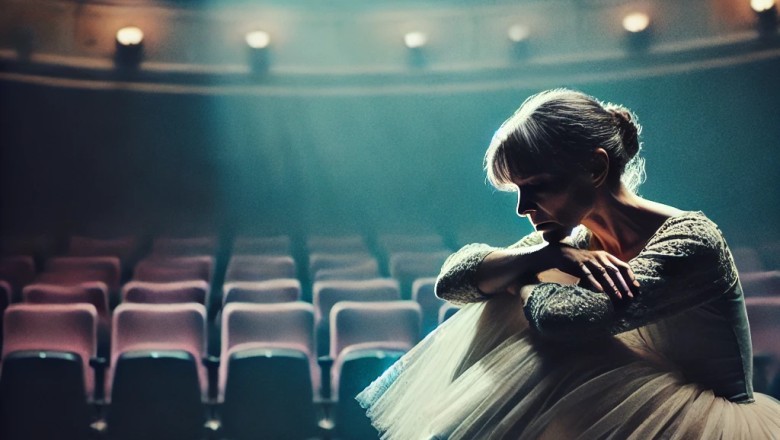
views
Beyond the Spotlight: The Silent Struggles of Aging Ballerinas
Ballet is synonymous with grace, beauty, and discipline. Audiences see the breathtaking leaps and ethereal movements, but behind the curtain lies a lesser-known narrative—one of physical pain, emotional struggles, and lonely nights. As ballerinas age, many find themselves grappling with an identity crisis, isolation, and a stark lack of support.
The Brutal Reality of a Ballet Career
Ballet dancers often start training as young as three or four. Their bodies endure rigorous training regimes for years, pushing physical and emotional boundaries. However, the career span for a ballerina is notoriously short—many retire in their 30s or early 40s due to injuries or physical limitations. What happens when the music stops?
"You devote your life to an art form, and when it’s over, you’re left with a void," shared former prima ballerina Elena K., who retired at 38 and now battles depression and loneliness.
The Psychological Toll: Lost Identity
For many dancers, ballet is more than a profession; it's their identity. When the stage lights fade, some struggle to find purpose. According to mental health experts, ex-dancers often experience depression, anxiety, and feelings of worthlessness.
-
Depression: Loss of identity and purpose.
-
Anxiety: Worry about the future after ballet.
-
Isolation: The lack of a support system post-retirement.
Physical Pain and Financial Hardship
Years of dancing on pointe shoes cause long-term physical damage—arthritis, chronic pain, and even surgeries. Additionally, ballet careers rarely come with financial stability. Unlike mainstream athletes, most dancers earn modest wages, making it difficult to save for retirement or cover medical expenses.
Financial Challenges:
-
Limited savings due to short career spans.
-
Lack of retirement plans in many dance companies.
-
High medical costs for chronic injuries.
Loneliness and Social Isolation
Ballet demands a singular focus. Dancers often sacrifice relationships, family time, and social lives to perfect their craft. When retirement arrives, the lack of social connections becomes painfully evident.
"I spent my life perfecting a pas de deux but never built a personal life," said Marie L., a retired soloist.
Shedding Light on the Dark Side
Addressing these challenges requires a collective effort. Dance organizations must provide better mental health support, career transition programs, and financial planning resources.
Possible Solutions:
-
Mental health resources tailored for dancers.
-
Career transition programs for life after ballet.
-
Community initiatives to help retired dancers stay connected.
The world admires ballerinas for their strength, beauty, and discipline. Yet, society often overlooks the dark side of ballet—the struggles of aging dancers who gave their lives to the stage. It’s time to acknowledge their sacrifices, provide support, and ensure they never have to dance through life alone.
Share your thoughts: What can ballet institutions do to better support retired dancers? Join the conversation below.










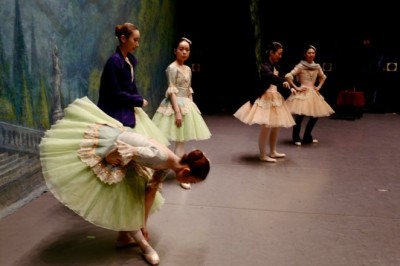
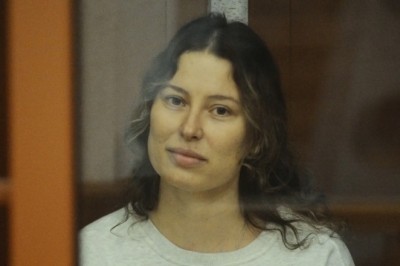


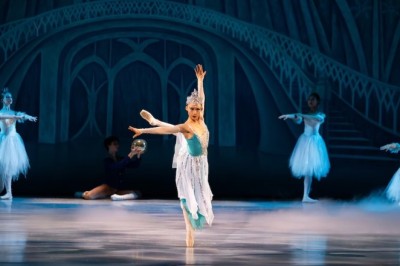

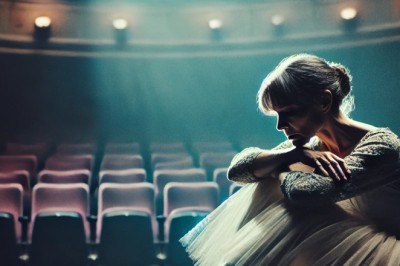



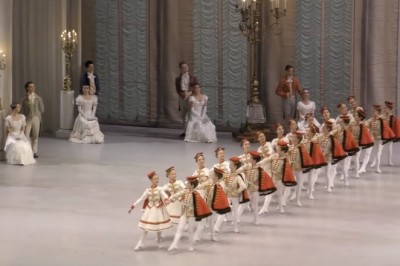



Comments
0 comment